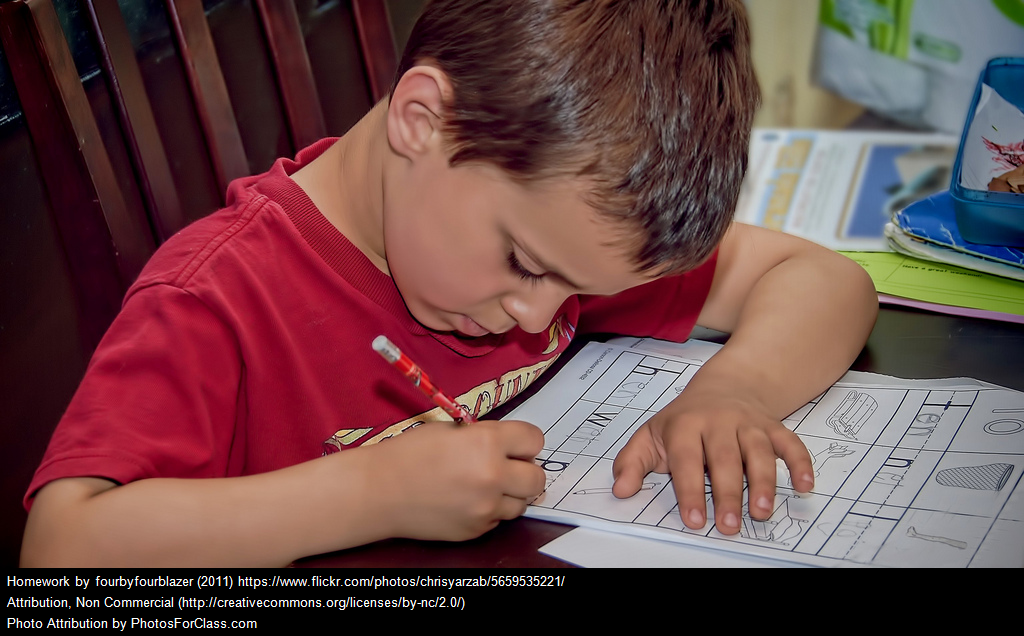During a pandemic, getting outdoors is a welcome breath of fresh air for many reasons.
Historically, open air schools were created in response to the 1918 pandemic and were designed in line with the traditional classroom model of a teacher in the front at a chalkboard with students sitting in rows. As COVID-19 hit, the story of the Scotland outdoor learning model started trending, where we all found some relief when we were discovering that the safest place to be was outdoors. Scandinavian culture also stood out for their embrace of nature-based learning and forest schools as they have long practiced friluftsliv, a lifestyle where open-air living is built into everyone’s daily life. Global campaigns have also gained momentum, like Outdoor Classroom Day which raises awareness of the importance of making “outdoor learning part of every school day”. Even in NYC, inner city schools had the mayor’s permission to close city streets to allow students more space to be outdoors.

Hoarfrost image by PublicDomainPictures from Pixabay
More locally, two Quebec teachers won the Fondation Monique-Fitz-Back award for taking their 5-year-olds out all day to a green space one kilometer from the school. The Quebec government added sous-mesure 50531 to fund for schoolyards’ beautification in response to COVID-19. With an outdoor learning program funded by Mesure 15023 École primaire Saint-Félix was able to rebuild their student population after “…school attendance fell by 53% between 1998 and 2012” (Quebecers on the Move Outdoors!, 2018). Funders for greening schoolyards are reporting an uptick in applications.
Outdoor Ed experts from Learning for a Sustainable Future and Toronto EcoSchools, are in demand and are sharing their experiences about being outdoors in all the seasons. Their advice to start taking your class out for the first time in the middle of winter? Plan ahead, start small, and take the easy wins.
Whether building a permanent space, or heading outside for part of the day, Outdoor Classroom Day reports that students display enhanced well-being, mentally and physically over time. In the Suzuki Foundation’s Nature as a Classroom guidebook, they advocate for giving children the opportunity to discover nature as the benefits include children becoming less stressed and more focused. Building a connection to nature is also a step towards becoming an environmental advocate as demonstrated by Nordic culture.
The early stages of planning is to get everyone around you on board, from parents, to admin, to your students.
But first, start by talking yourself into it.
Learning to love the outdoors in the midst of winter is a worthwhile challenge that takes some building up to. The first step is to go out on your own, or with a colleague, and to take some time to observe nature at different times during the day within close proximity of the school. Consider spots that may be good for gathering sheltered from the wind. Also seek out spots to visit where changes that occur over time may be noted down, while looking closely at these spaces through a curriculum lens (Learning for a Sustainable Future, 2020).
Keep in mind that, “Being outside reduces stress. I find the kids are happy,” as Josée Bédard, the principal at École élémentaire et secondaire publique Rivière Rideau, said. “They are motivated to learn. They bring what they learn outside back to the classroom. And they bring what they learn in the classroom outdoors,” she elaborated (Ottawa Citizen, 2020).
To ease the transition for everyone who is new to this idea, stay close to school for short time periods with flexible expectations. Commit to going outside regularly – if not once a day then once a week or month. The more it becomes a routine for everyone, the quicker it will take to get out the door. Bookend the day with outdoor visits while students are still in their outdoor gear. Notify parents to send extra layers to ensure students arrive prepared. Adopt the Nordic saying as the class mantra, There is no such thing as bad weather, only inadequate clothing (TDSB EcoSchools, 2020).
Coordinate a schedule with the school office and fellow staff to share the space in case other classes are using the yard. With this higher interest in having classes outside, David Hawker-Budlovsky, the Central Coordinating Principal for Toronto Outdoor Education Schools thinks “…it’s completely unrealistic to expect every class in every school to be outside all day every day. I think it’s completely reasonable to expect that students in each and every class do have outside time every day and not just within recesses,” (CBC, 2020).
The Toronto Outdoor Education team has years of experience, and plenty of tips for us. Prepare, plan, and take time to reflect. While indoors, hold open discussions with students about the outdoor routines and protocols. Define together the boundaries and signals for regrouping in the main meeting spot.
Students will still need time to adjust while they enjoy the freedom of the great outdoors, as they associate being able to move freely with gym and recess. That behaviour may linger for the few first visits outside but it is no reason to give up, (TDSB EcoSchools, 2020).
At first, walks together could help students practice mindfulness. Listen to the sounds. Develop observation skills when looking at shapes and shadows or trees and birds. Reflect on the temperature and how that changes the qualities of the snow. Look for hoarfrost, clouds, or animal tracks. Ask reflective questions. Encourage curiosity and exploration. Teach respect for nature.
Once the class is acclimated, focus can turn to learning activities. In winter, you want to keep kids moving to stay warm. Within your schoolyard, there can be efforts to attract birds, by creating bird feeders, which leads to bird identification and Winter bird count. Learn how to identify tree types. Create nature-based scavenger hunts, with laminated cards. Blow bubbles in the freezing weather, to see what happens.
Close the adventure, with time for students to reflect, with the group, each time. Trust your students, to become outdoor learners.
Providing students with outdoor learning experiences does not require a teacher to be an outdoor expert, rather you can be a “guide on the side”. Overtime, students will learn to work outside (Learning for a Sustainable Future, 2020) (TDSB EcoSchools, 2020) .
You would be surprised how much nature can be explored even within your schoolyard. Students can become outdoor learners, even in the middle of winter, with some guidance towards focused observation and intentional inquiry.
Events
Outdoor Learning Store
Free workshop series, upcoming in April and May Register here
Outdoor Education + Online Learning for K-Cycle 1
LEARN welcomes Debbie Myles and Annie Renaud of the Lester B. Pearson School Board (LBPSB) for an online session to share the importance of outdoor education and online teaching strategies that support our youngest learners as they share their experiences and answer your questions.
Watch the replay here
LEARN to Action: Environmental and Sustainability Education Institute
Join LEARN and our McGill partners to learn alongside educators, community development agents (CDAs), and community partners who want to empower our youth to learn and take action for global sustainability and the environment.
Events details here, Replays coming soon
Resources
Bird Songs, interactive illustration: Minnesota Department of Natural Resources
Count birds in your Schoolyard/Backyard and submit your findings to Birds Canada or https://feederwatch.org/
Observe the natural world and submit findings to iNaturalist
An ongoing list from LEARN of potential funds for your school to create green spaces, get students moving and eating healthy here
References
Back to Nature Network. (2013.) Stepping into nature: teacher stories volume 1. http://www.back2nature.ca/resources-research/.
Bernier, J. (2020, June 08). COVID-19: l’école dans la forêt pour ces élèves du préscolaire. Journal de Québec. https://www.journaldequebec.com/2020/06/08/lecole-en-plein-air-pendant-la-crise.
Bridge, S. & Common, D. (2020, September 07). The future of school may be outdoors, even after the pandemic. CBC. https://www.cbc.ca/news/health/pandemic-education-school-outdoors-1.5535039.
Brooks, L. (2020, May 10). Scotland eyes outdoor learning as model for reopening of schools. The Guardian. https://www.theguardian.com/uk-news/2020/may/10/scotland-eyes-outdoor-learning-as-model-for-reopening-of-schools.
Couillard, A. (2020, November 24). Deux profs hors pair reconnues. L’Actuel. https://www.quebechebdo.com/local/lactuel/238209/deux-profs-hors-pair-reconnues/.
David Suzuki Foundation. Nature as a classroom guide. (2015, April). https://davidsuzuki.org/take-action/act-locally/connecting-youth-with-nature/.
Gouvernement du Québec. (2020). Sources potentielles definancement- Aménager la cour, un travail d’équipe!. http://www.education.gouv.qc.ca/references/tx-solrtyperecherchepublicationtx-solrpublicationnouveaute/resultats-de-la-recherche/detail/article/guide-pour-la-realisation-dun-projet-damenagement-dune-cour-decole-primaire/.
Gouvernement du Québec. Ministère de l’Éducation et de l’Enseignement supérieur. (2018). Quebecers on the Move Outdoors! Brief on Outdoor Activity. http://www.education.gouv.qc.ca/fileadmin/site_web/documents/loisir-sport/Avis_plein_air_VA.pdf.
Laucius, J. (2020, October 27). Two local schools started taking class outside five years ago. Here’s what they learned. Ottawa Citizen. https://ottawacitizen.com/news/local-news/two-local-schools-started-taking-class-outside-five-years-ago-heres-what-they-learned.
Learning for a Sustainable Future: Staying Outside: Tips for Cold Weather Learning (K-6) https://www.youtube.com/watch?v=aJkR62tffNQ
Leone, U. (2016, December 12). Soap Bubble. Pixabay. https://pixabay.com/users/ulleo-1834854/?utm_source=link-attribution&utm_medium=referral&utm_campaign=image&utm_content=1893368.
Radio-Canada. (2012, July 04). Saint-Félix-d’Otis : une école axée sur le plein air, la nature et le développement durable. https://ici.radio-canada.ca/nouvelle/568660/saint-felix-projet-plein-air.
Savage, M. (2017). Friluftsliv: The Nordic concept of getting outdoors. BBC. https://www.bbc.com/worklife/article/20171211-friluftsliv-the-nordic-concept-of-getting-outdoors.
TDSB EcoSchools. (2020, December 08). Taking k 12 learning outdoors in winter. https://youtu.be/2kfpOrvZ_MA.






